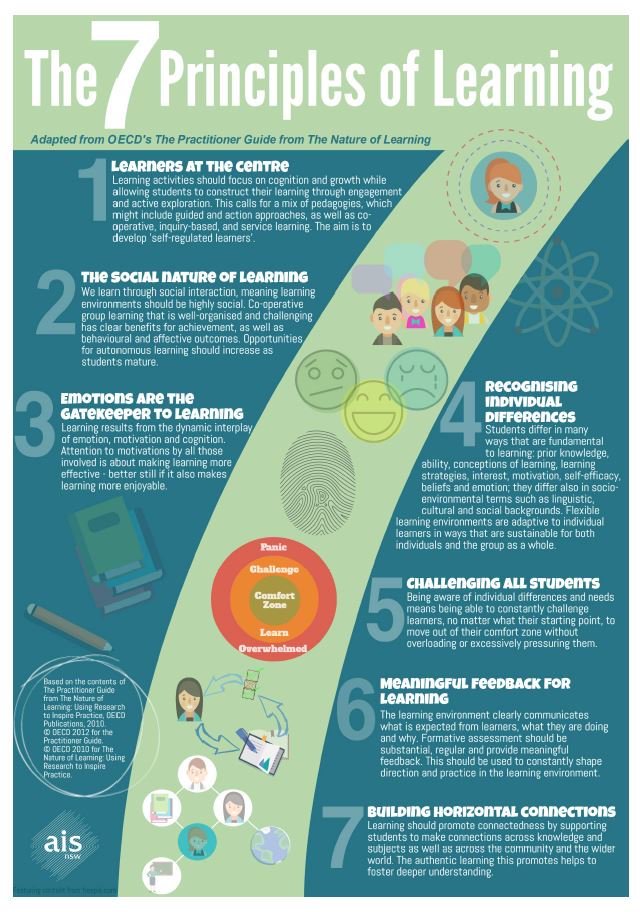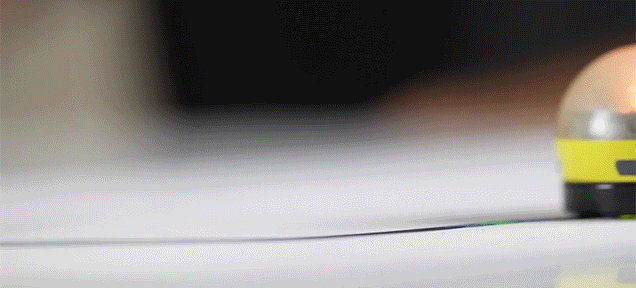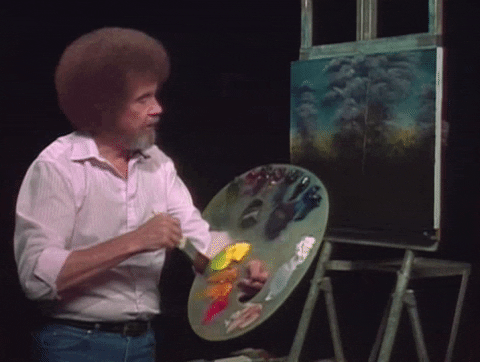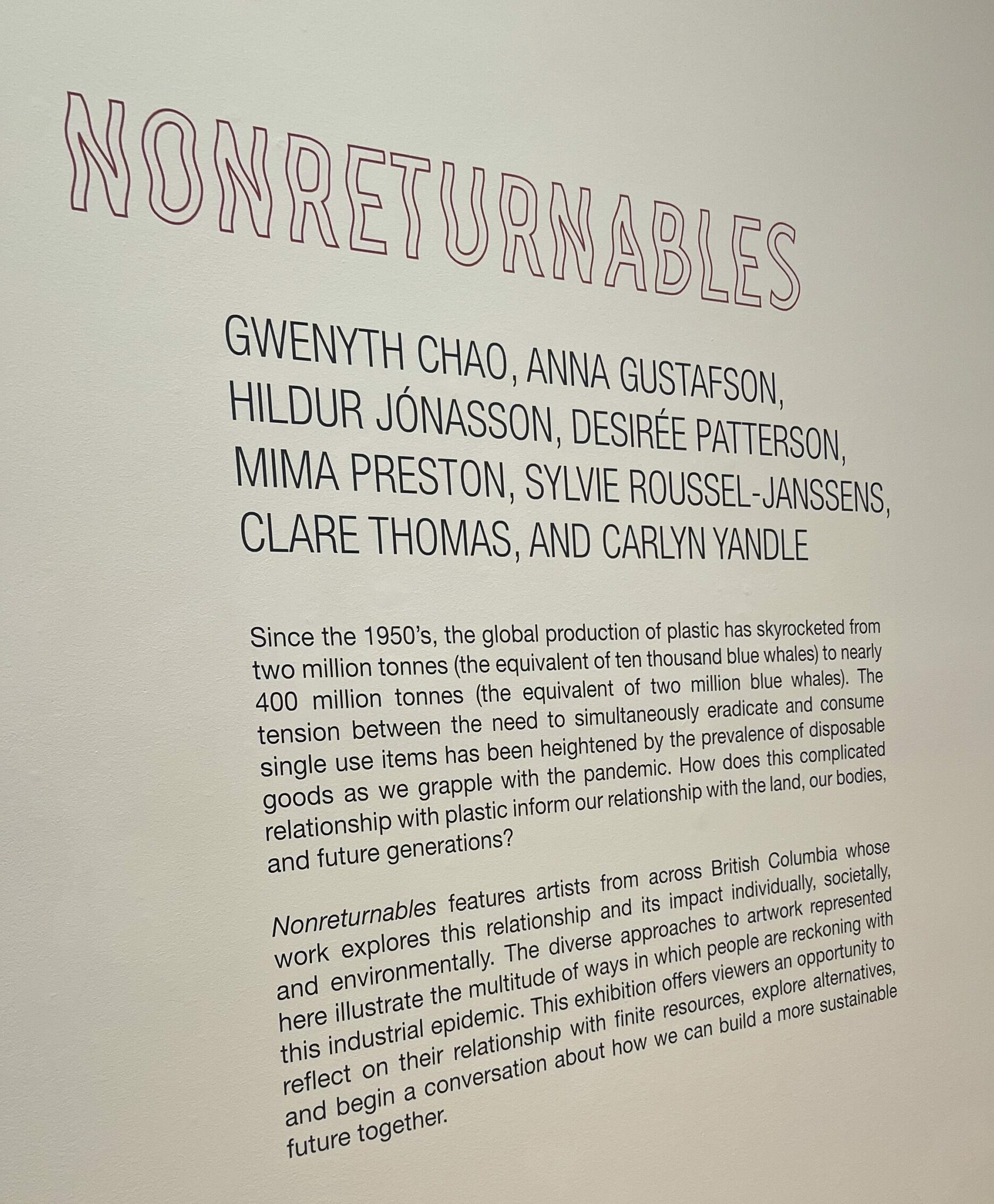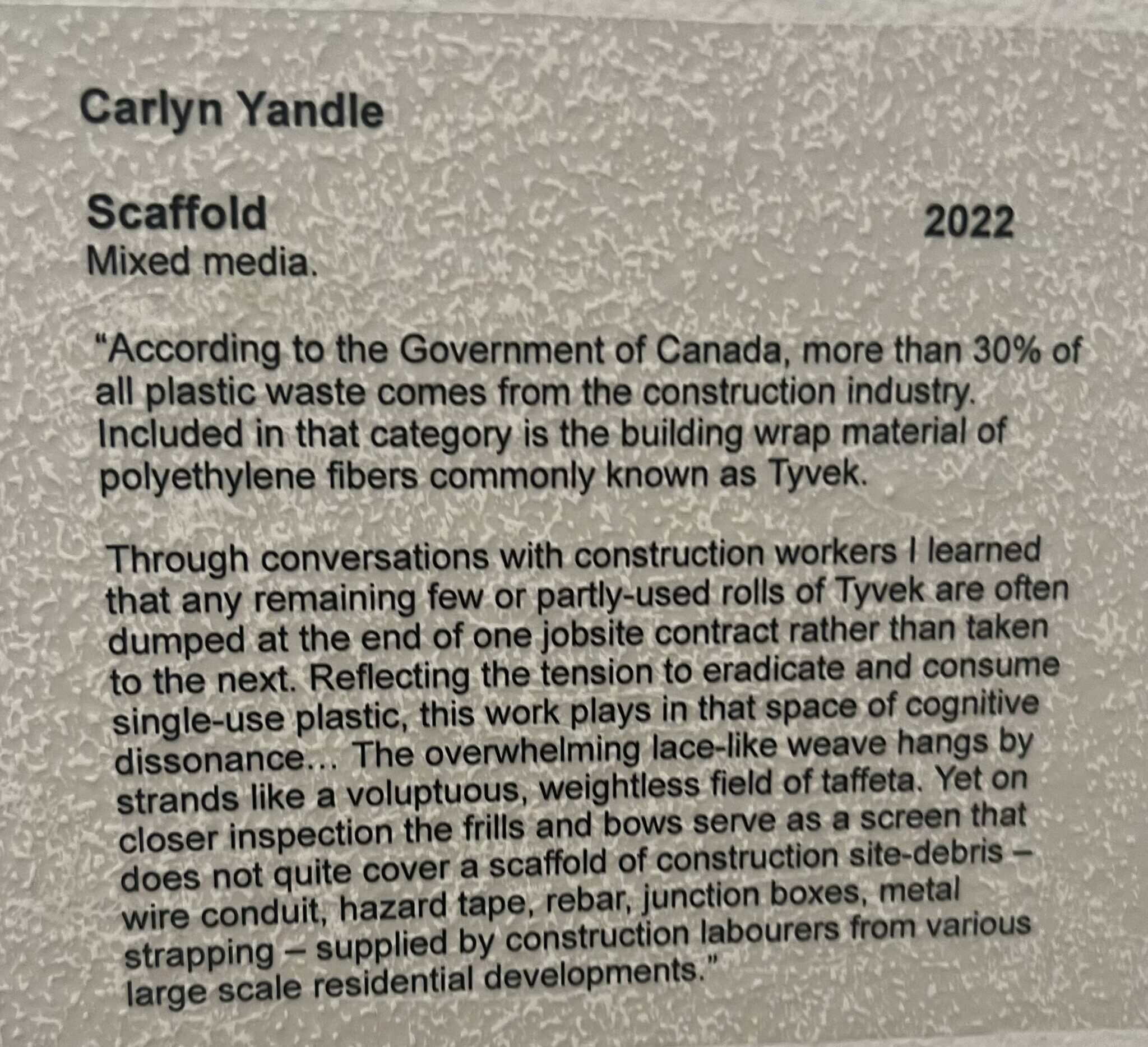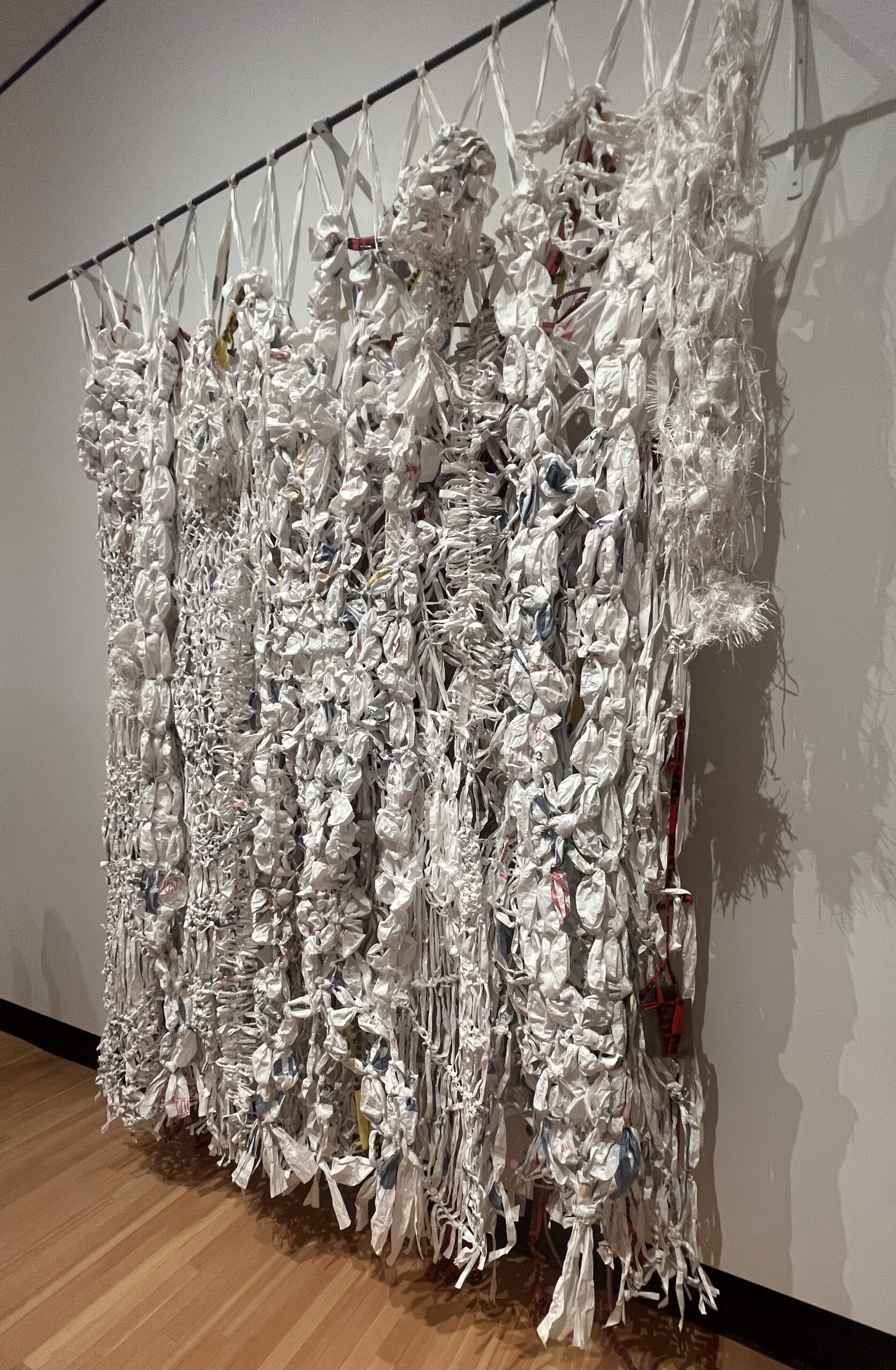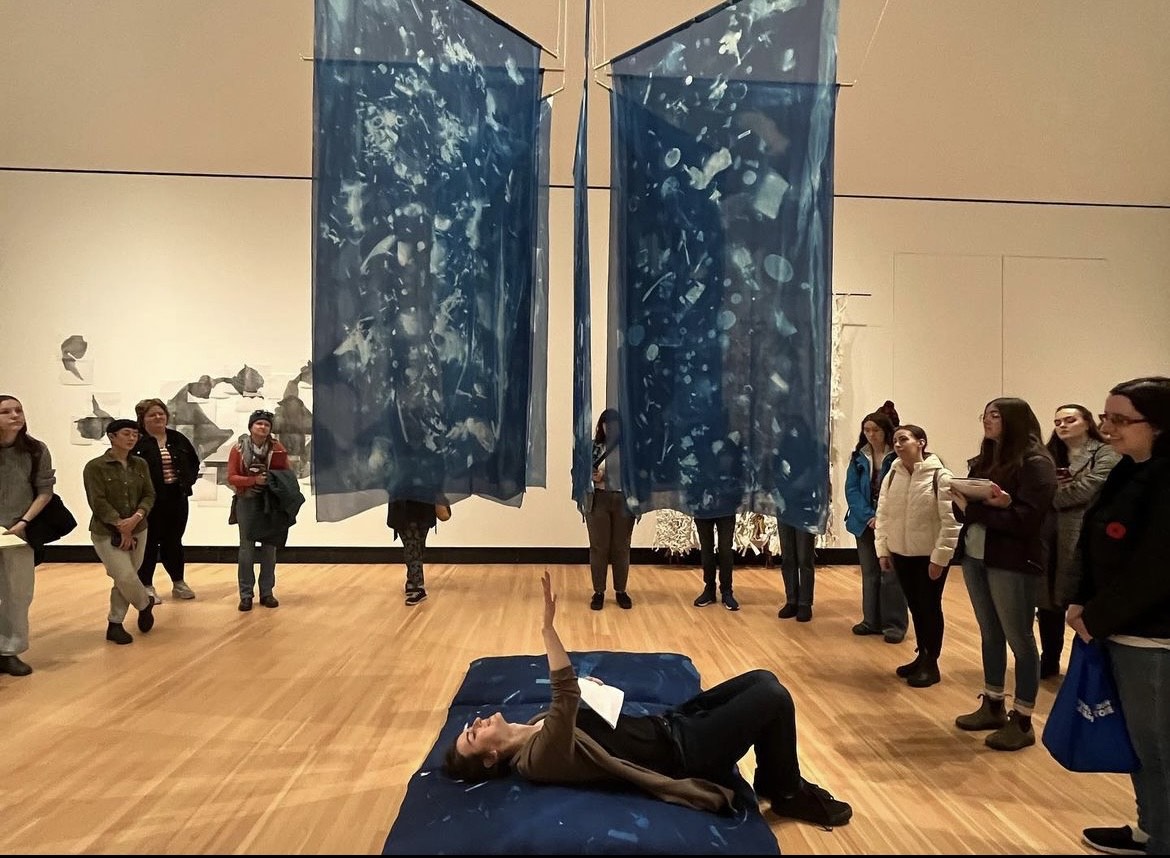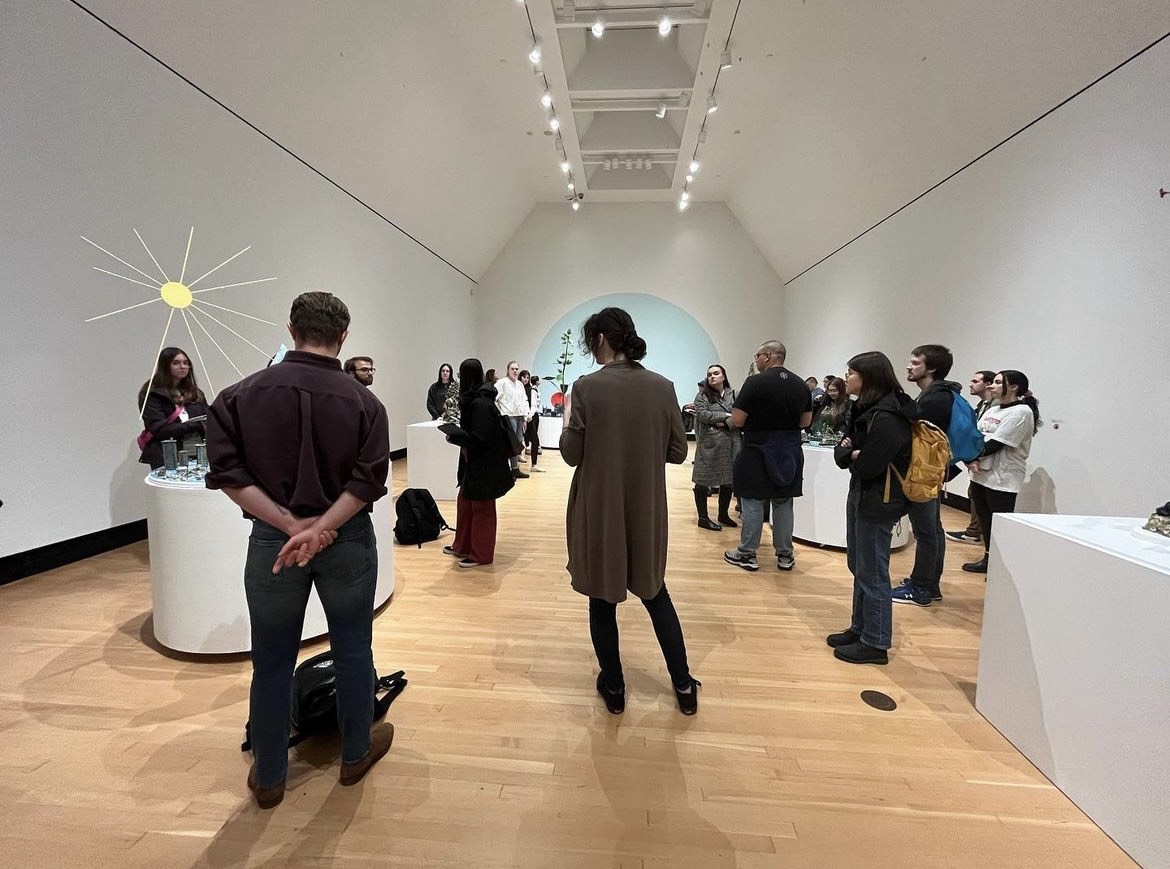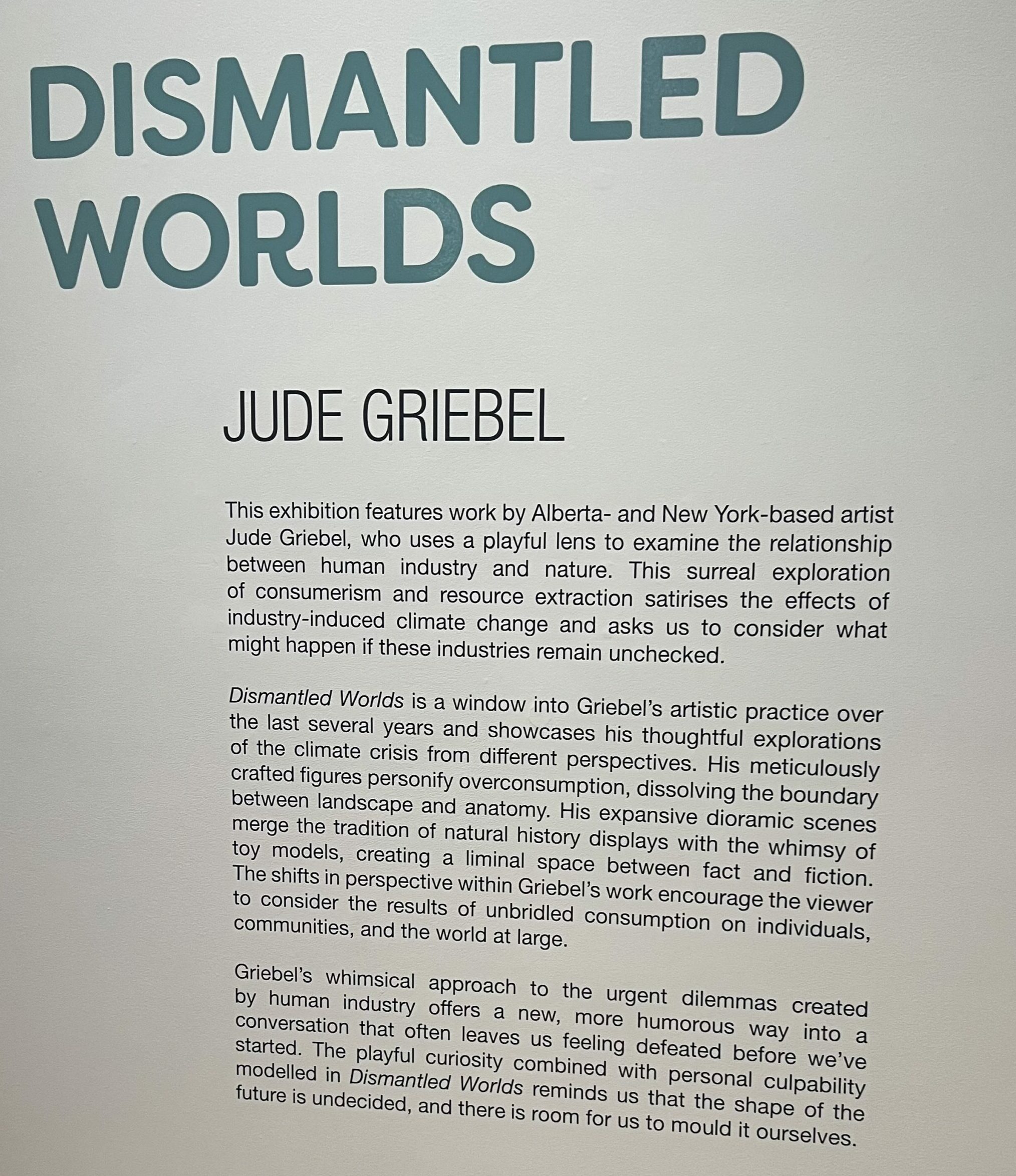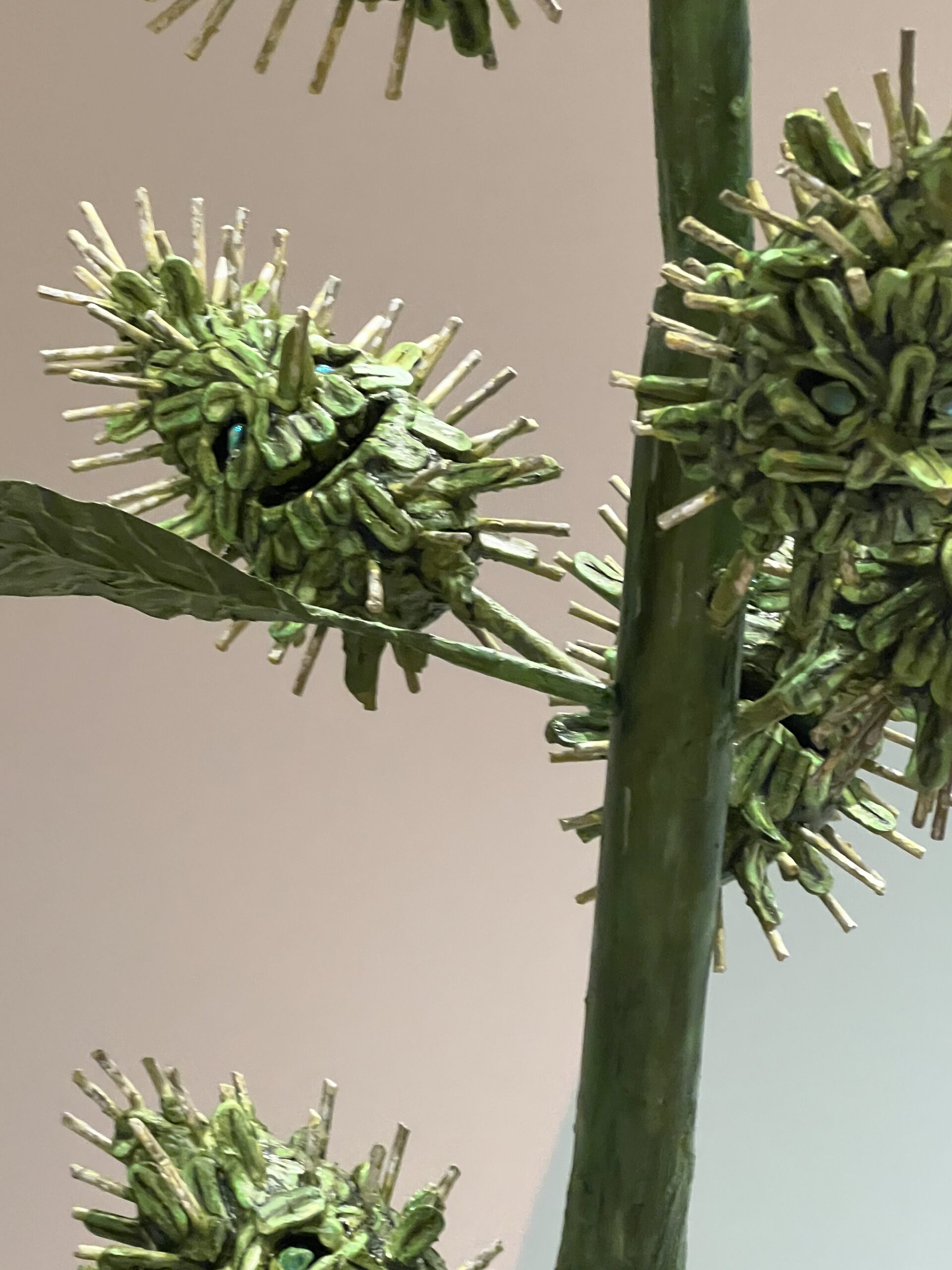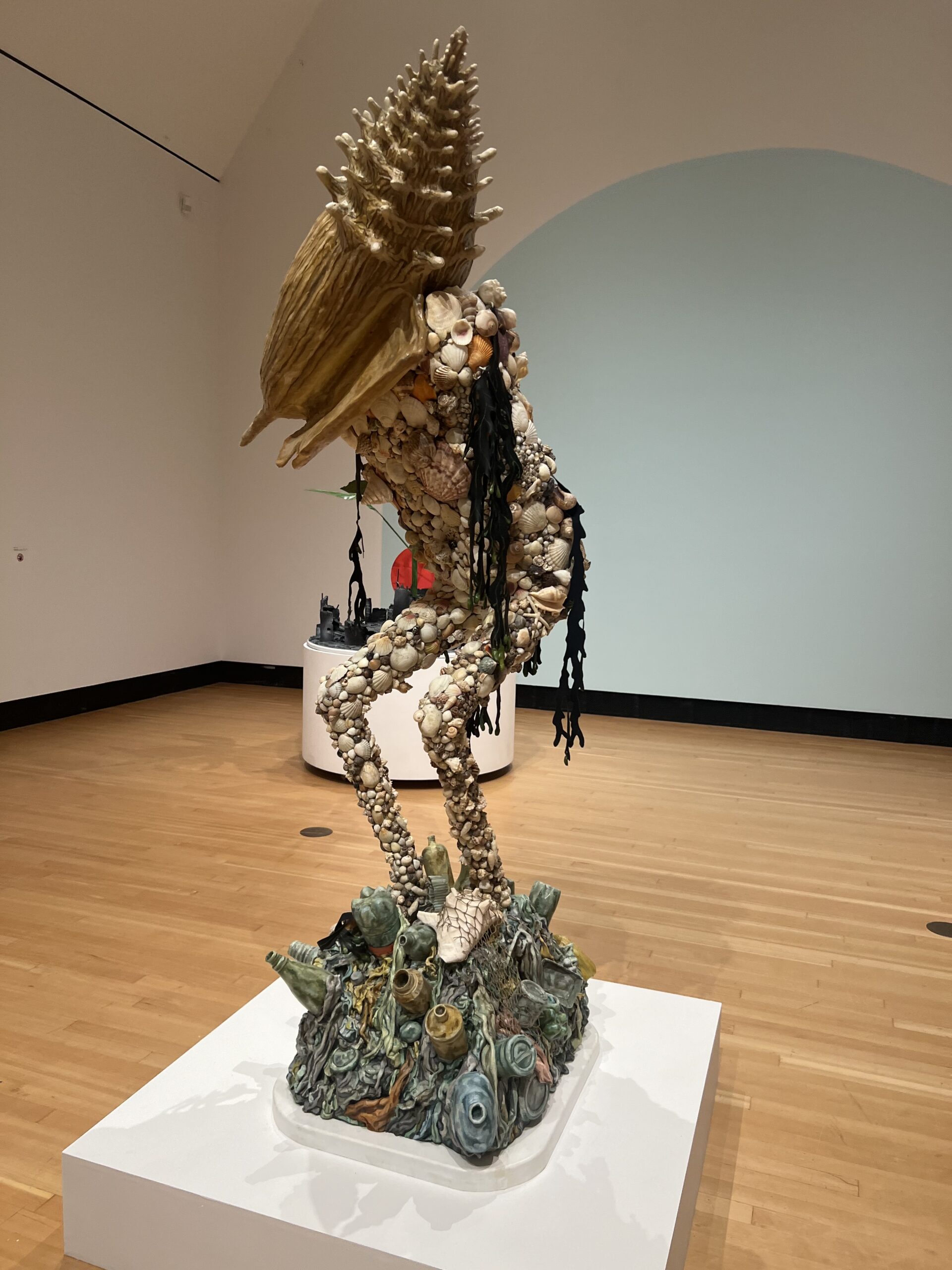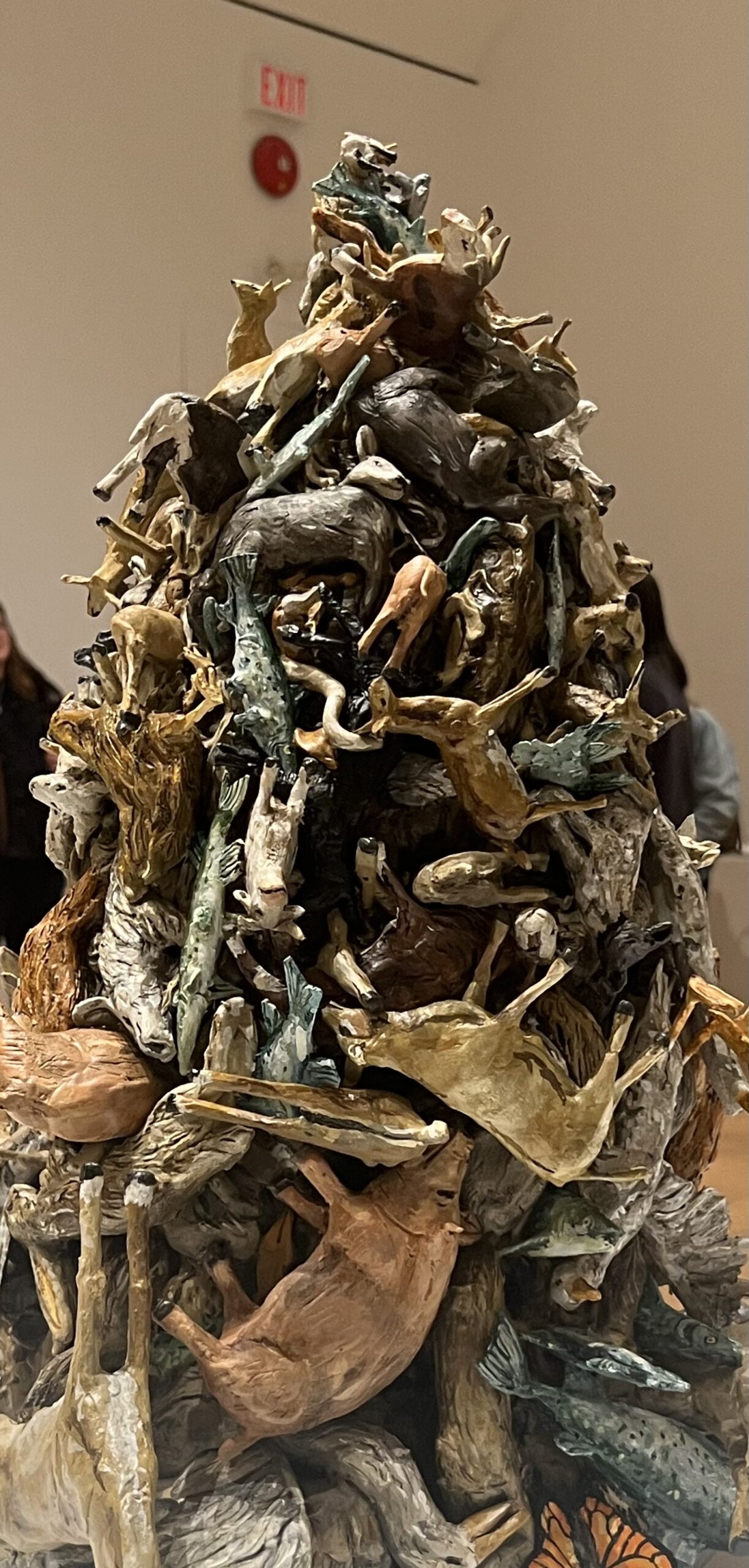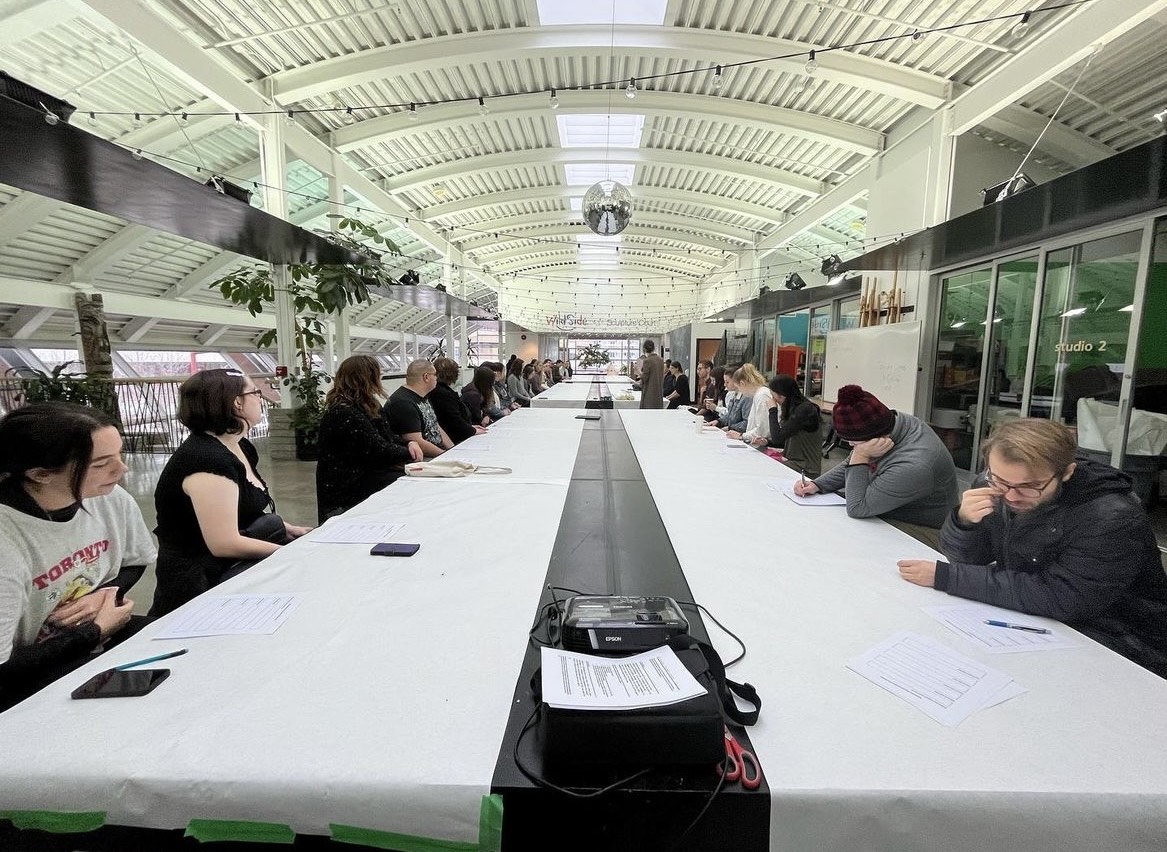Coding is not just with computers. You can code with red, black, blue and green markers, white paper and little robots. Little robots called Ozobots. The Ozobots we had, had little faces on them or were designed to look more robotic. They read the code that is drawn on paper using the coloured markers. The main path is drawn is black. These markings move the Ozobots around. You can make it spin, go faster slower, backwards, forwards and turn left and right. Many people created designs to for their path. My group did a infinity sign for it, there was also a Christmas tree done. Thanks to the Exploration Place we were able to enjoy and experience these materials. Having these resource outlet helps us as teachers be creative and engage our students rather than just a worksheet. Making connections with coding and creativity without computers. Coding can look and be done by many things. When I thought of coding I thought of computers but this post and the next will show you as well it can be anything. Learning activities can look different and be fun.
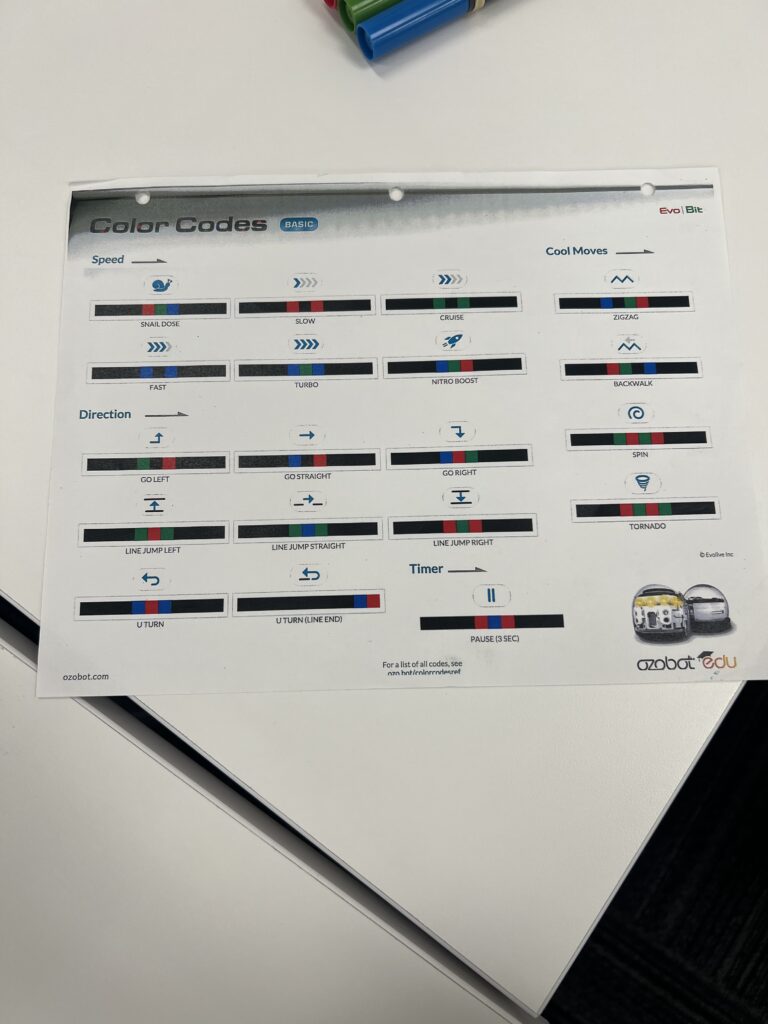
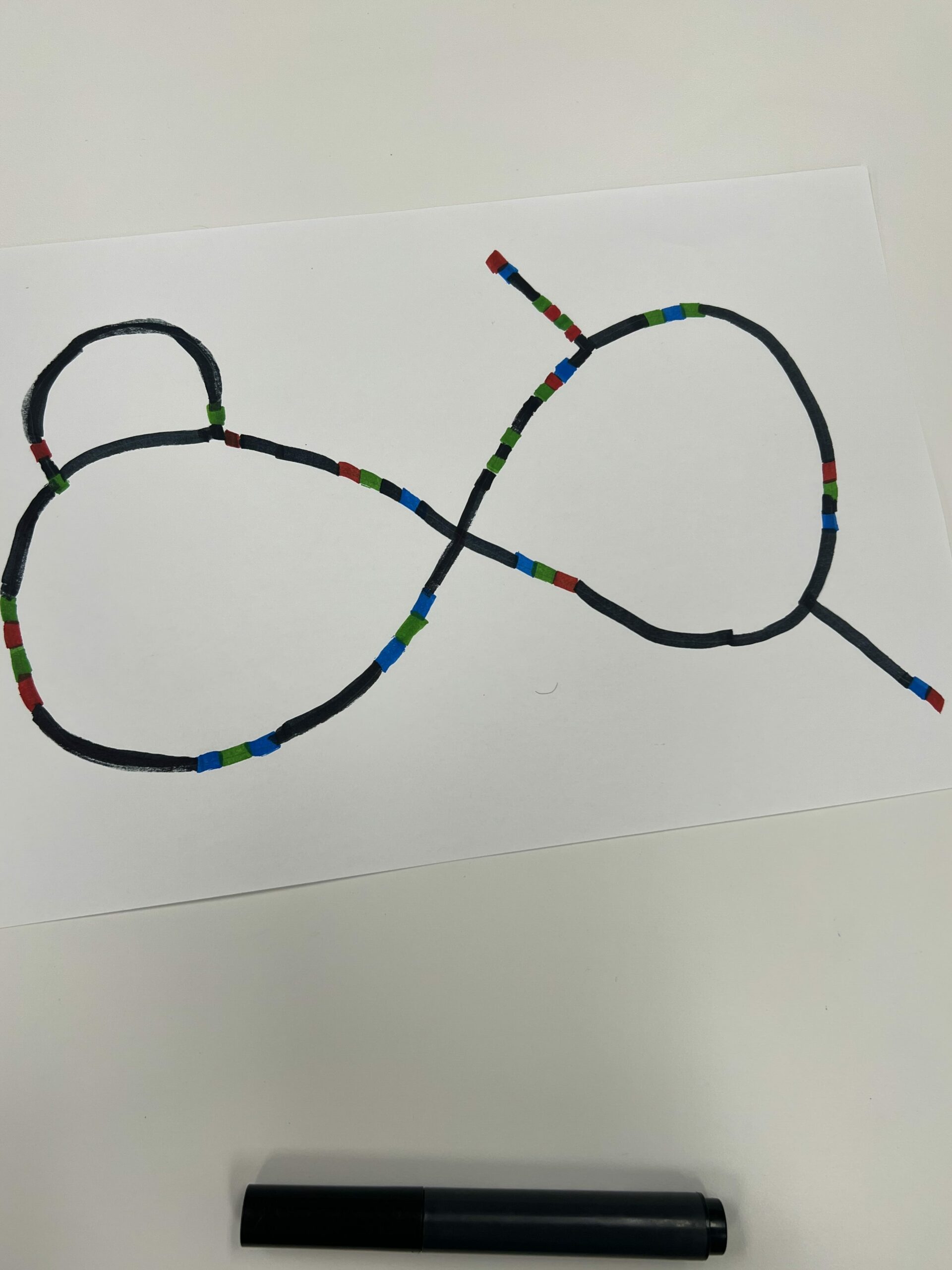
Working with Ozobots connects to the 7 Principles of Learning:
- Learners at the Centre– We were able to create our own path with our own trial and error.
- The Social Nature of Learning– Working in groups
- Emotions are Integral to Learning– Being connected to the little Ozobot and being patient in creating the path
- Recognize Individual Differences– All of our paths were different and which codes were used were different
- Stretching all Students– All of us had to think and take the time to create our paths
- Assessment of Learning– Creating our paths and following the criteria of using 5 different codes and continuing movement
- Building Horizontal Connections– Cross connecting/cross curricular with coding, art, and design
